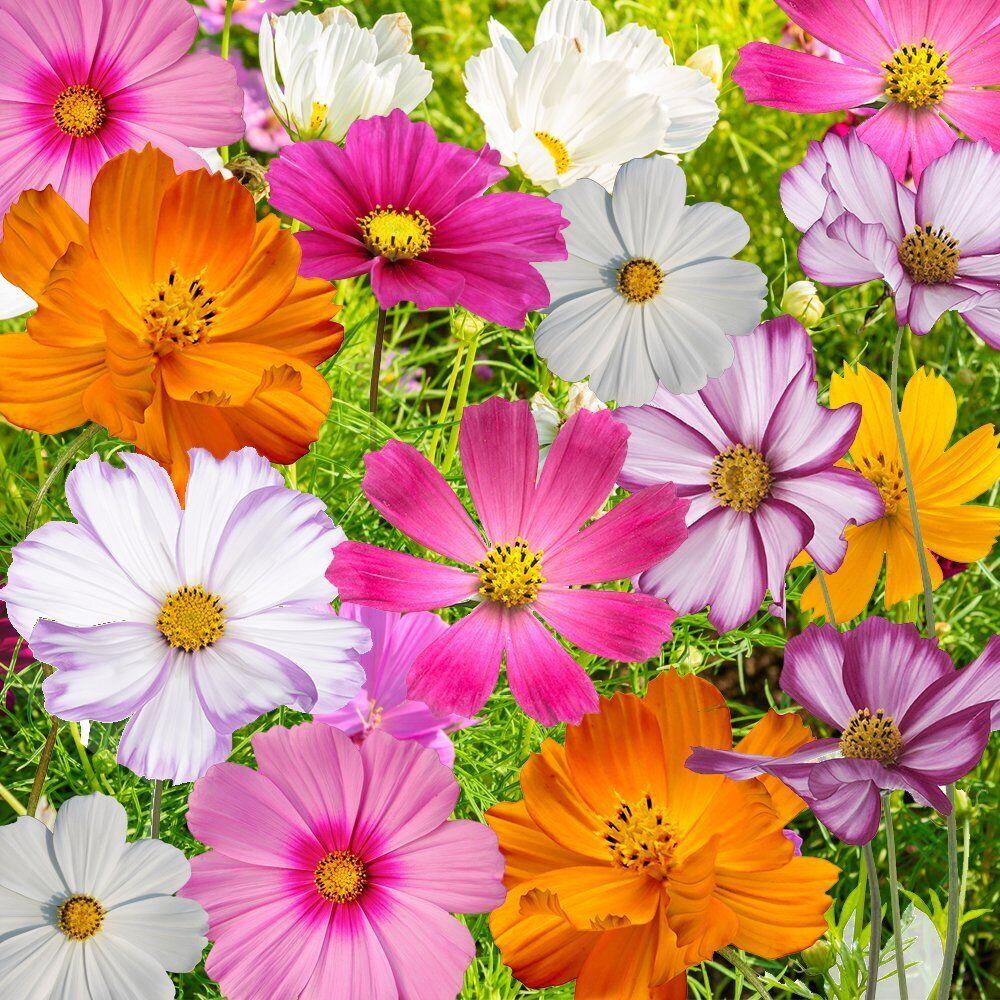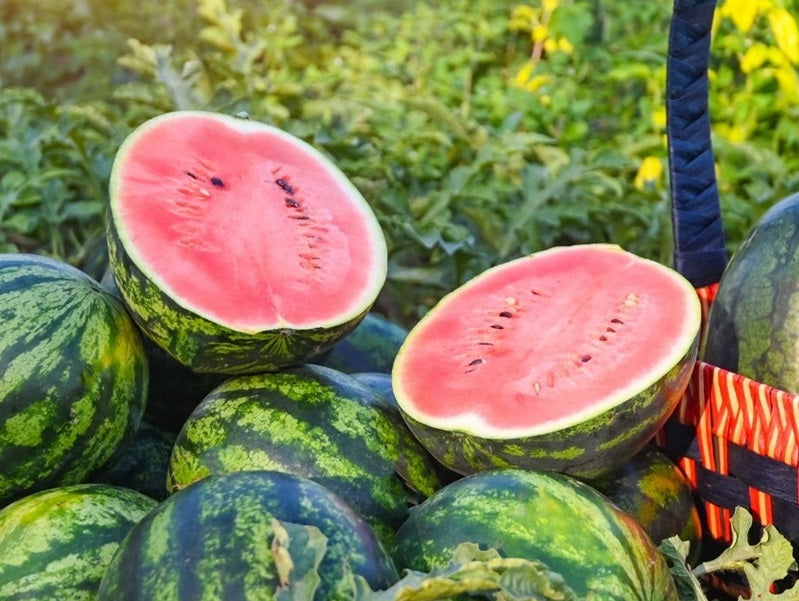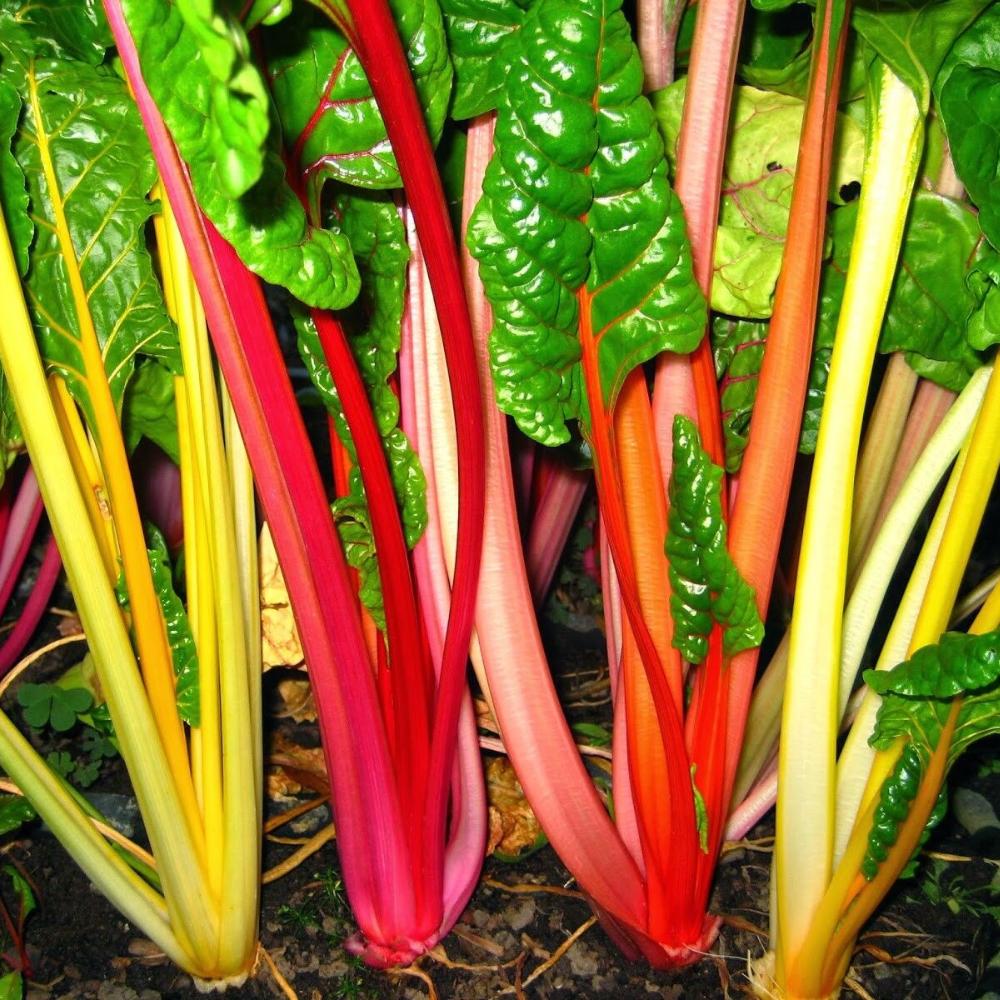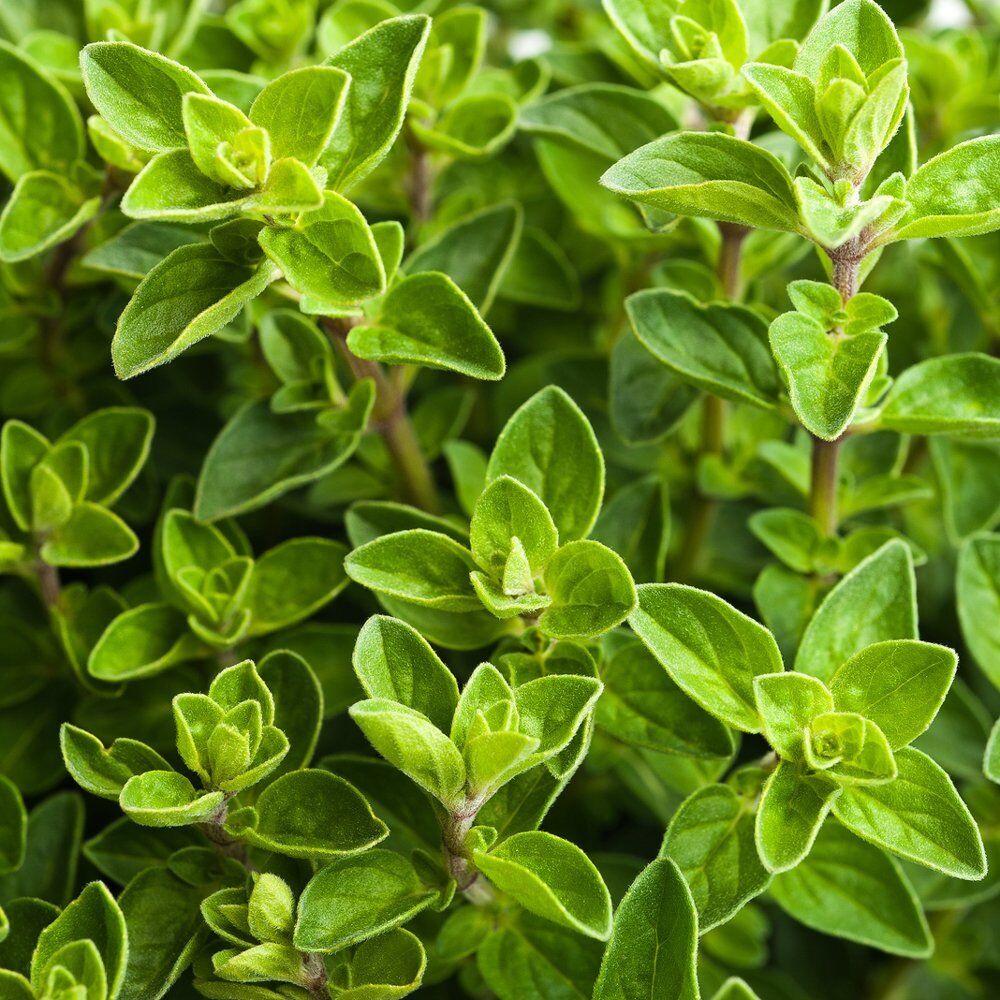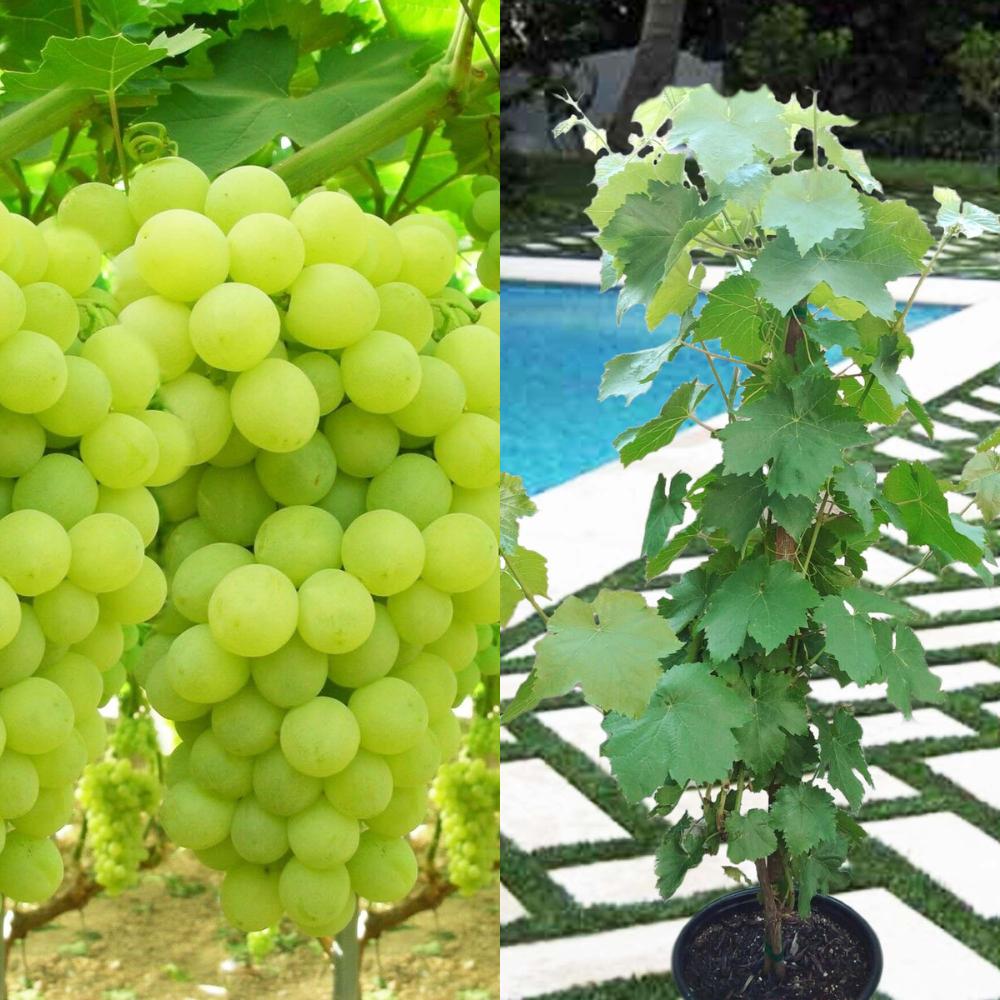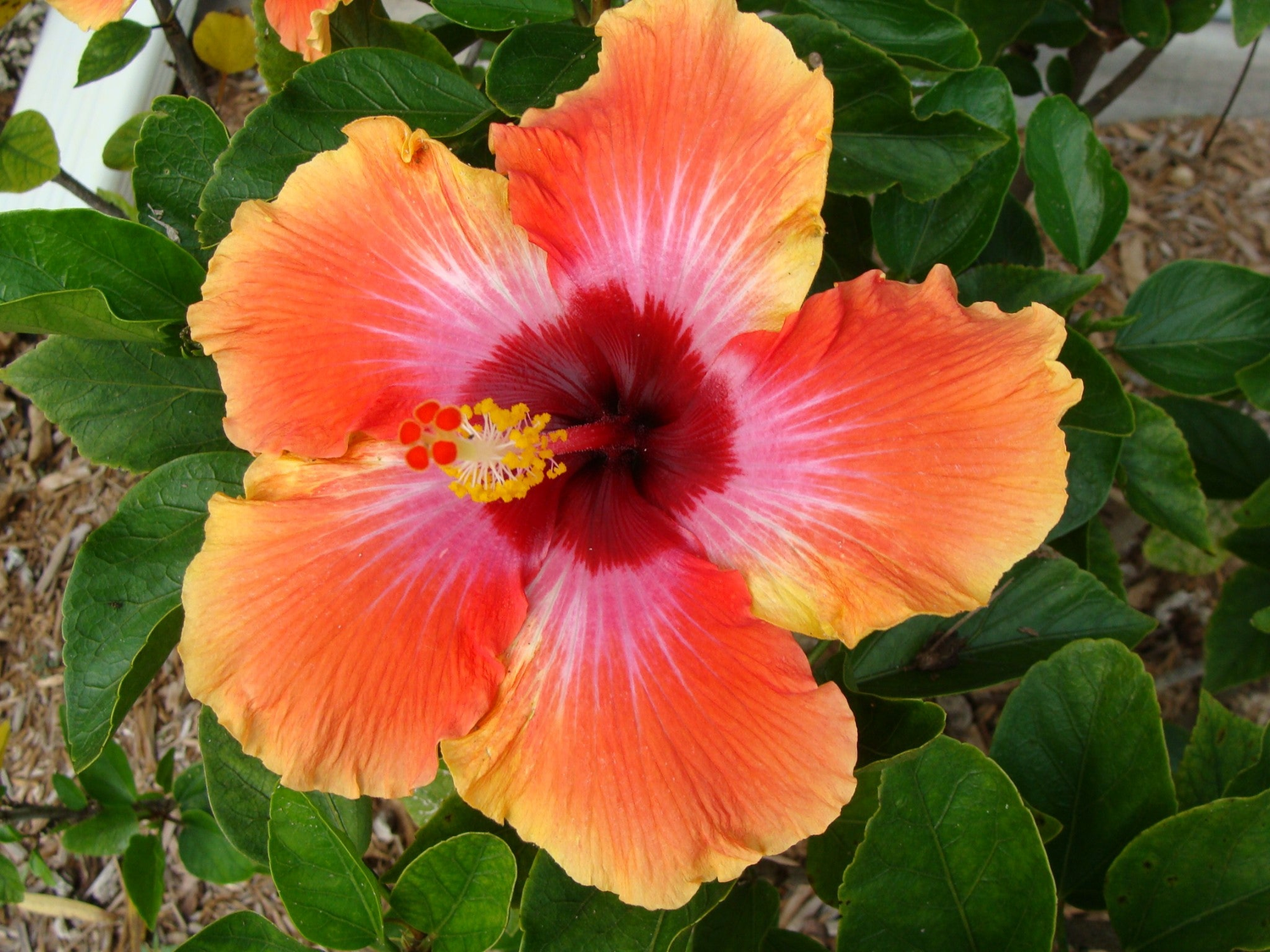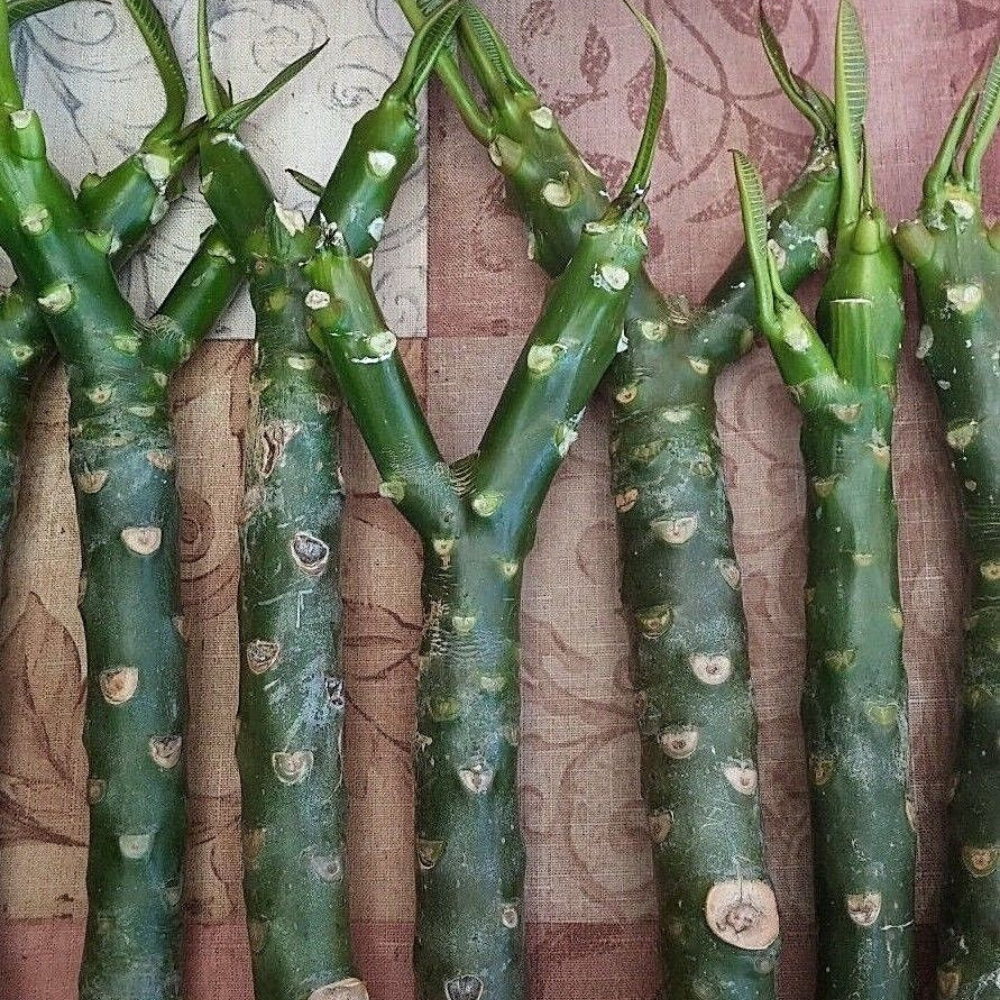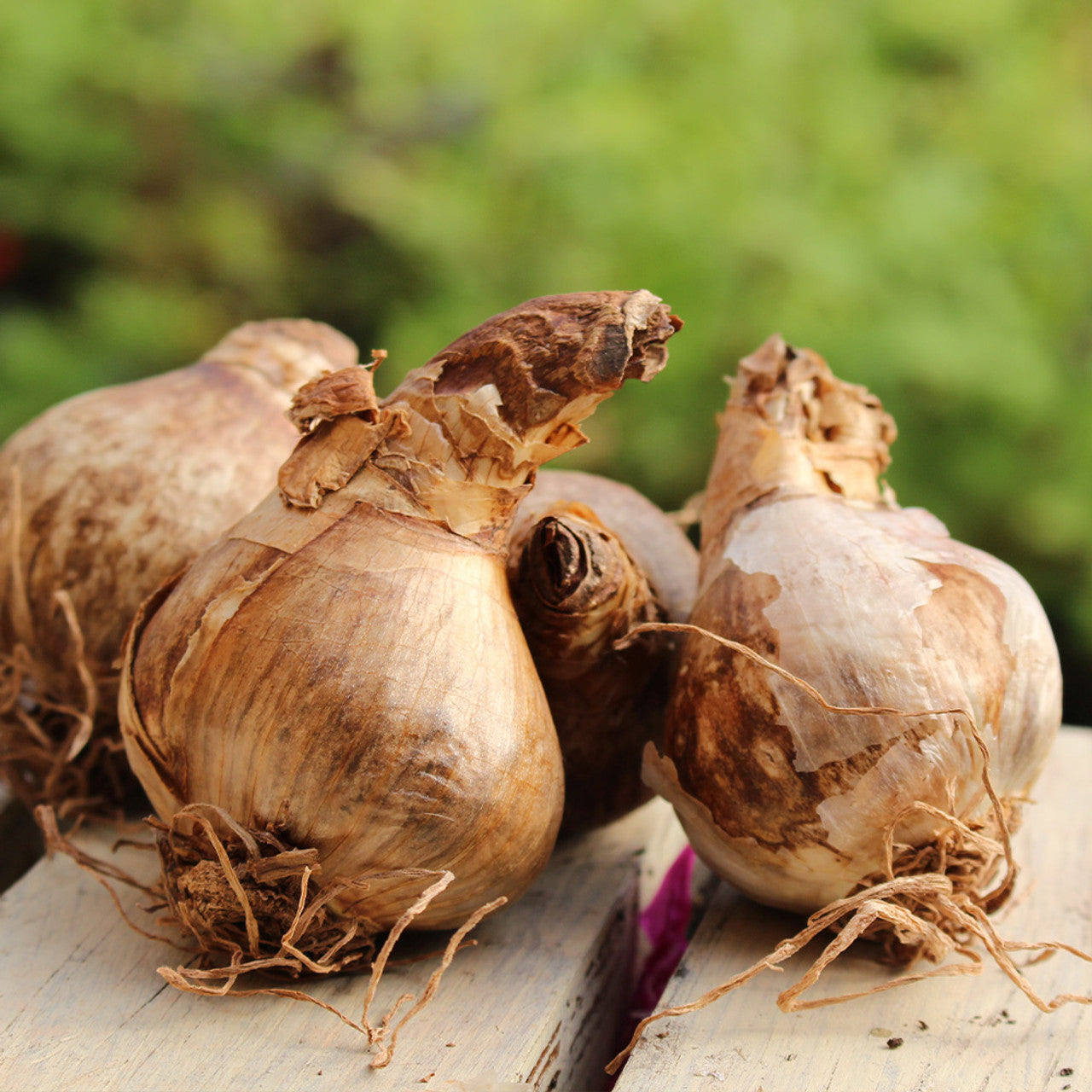(source image: hellogarden)
The Kimono Wisteria Vine Climbing Flower is one of the most breathtaking plants you can add to your garden. Known for its vibrant, cascading blooms and its ability to climb and drape over trellises, fences, and pergolas, the Kimono Wisteria is a true showstopper. Whether you’re looking to enhance your landscape with an elegant vine or want a fragrant climbing flower to add vertical beauty, the Wisteria vine should be at the top of your gardening list. In this blog post, we’ll explore the unique features, benefits, and care tips for growing the Kimono Wisteria Climbing Flower, ensuring you can cultivate this magnificent plant successfully.
What is Kimono Wisteria? Kimono Wisteria (Wisteria floribunda) is a stunning flowering vine that is native to Japan. This particular cultivar is prized for its long, pendulous clusters of purple, lavender, or blue flowers that appear in the spring or early summer. Unlike other types of wisteria, the Kimono Wisteria vine has a particularly dense flowering habit, making it even more visually impressive. The flowers are highly fragrant, adding a sweet aroma to your garden that will attract pollinators such as bees and butterflies.
Why Choose Kimono Wisteria for Your Garden? There are numerous reasons to plant Kimono Wisteria Vine Climbing Flower in your garden, and here are some of the most compelling:
- Exquisite Beauty: One of the most alluring aspects of the Kimono Wisteria vine is its cascading blooms. The vibrant purple flowers create a stunning visual display that can transform any garden or outdoor space.
- Fragrance: The Kimono Wisteria flowers are not only beautiful to look at but also emit a delicate and sweet fragrance that will fill your garden with a pleasant aroma.
- Climbing Nature: The Wisteria vine can climb up trellises, pergolas, fences, or even trees, making it an excellent choice for adding vertical interest to your garden design.
- Low Maintenance: Once established, the Kimono Wisteria is relatively low-maintenance. It thrives in a variety of soils and grows quickly, allowing you to enjoy its beauty sooner than many other plants.
- Wildlife-Friendly: The beautiful blossoms of Wisteria floribunda attract pollinators, including bees and hummingbirds, which can contribute to the health of your garden ecosystem.
How to Grow and Care for Kimono Wisteria Vine Climbing Flower Growing the Kimono Wisteria Vine Climbing Flower is an exciting journey that can lead to a flourishing vine full of color and fragrance. Follow these simple steps to ensure your Wisteria vine thrives:
1. Choose the Right Location: Kimono Wisteria vines need full sun to bloom to their full potential. Select a location where the plant can receive at least 6-8 hours of direct sunlight each day. The vine also requires plenty of space to spread, as it can grow up to 30 feet or more when fully established.
2. Soil Preparation: The Kimono Wisteria vine prefers well-drained, slightly acidic to neutral soil. Ensure the soil is rich in organic matter for optimal growth. While it can tolerate a variety of soil types, it’s important to avoid heavy clay soils that may retain too much water.
3. Planting Tips: When planting your Kimono Wisteria vine, dig a hole that is about twice the size of the plant’s root ball. Gently place the vine in the hole, ensuring that the crown is level with the soil surface. Fill the hole with soil, then water generously.
4. Support Structure: Since Kimono Wisteria is a climbing vine, you’ll need to provide a support structure such as a trellis, arbor, or pergola for it to climb. Ensure the structure is strong enough to support the weight of the vine as it grows.
5. Watering Needs: While Kimono Wisteria vines are relatively drought-tolerant once established, they do require consistent moisture during the first few years of growth. Water deeply but avoid waterlogging, as the roots do not tolerate standing water.
6. Pruning: Regular pruning helps to maintain the vine’s shape and encourages more prolific blooming. Prune your Kimono Wisteria after the flowering season to remove dead or damaged growth and encourage new shoots. You may also need to prune any vigorous growth that might become unruly.
7. Fertilizing: Kimono Wisteria benefits from occasional feeding, especially in the spring when it is actively growing. Use a balanced fertilizer or a low-nitrogen fertilizer to promote healthy flowering. Avoid over-fertilizing, as this can lead to excessive leaf growth at the expense of flowers.
Common Problems with Kimono Wisteria Vine Climbing Flower While the Kimono Wisteria vine is generally hardy, it can be prone to a few issues. Here are some common problems to watch out for:
- Overwatering: Wisteria floribunda does not like wet feet. Overwatering can lead to root rot, so ensure that the soil is well-draining and that you don’t water too frequently.
- Pests: Like many flowering vines, Kimono Wisteria may occasionally suffer from pests such as aphids, caterpillars, or spider mites. Keep an eye out for any signs of infestation and treat them promptly with organic insecticidal soap.
- Powdery Mildew: This fungal disease can sometimes affect Wisteria vines, especially in humid conditions. If you notice white, powdery spots on the leaves, consider using a fungicide or removing the affected foliage to prevent the spread of the disease.
Conclusion
The Kimono Wisteria Vine Climbing Flower is a show-stopping addition to any garden. With its striking purple blooms, sweet fragrance, and ability to add vertical interest to your outdoor space, this stunning vine is sure to capture the attention of all who see it. By following the proper care tips and providing the right growing conditions, you’ll be able to enjoy the beauty and elegance of Kimono Wisteria for years to come.
Get Your Kimono Wisteria Vine Today! Ready to add the gorgeous Kimono Wisteria to your garden? Whether you’re planting for beauty, fragrance, or as a wildlife attractant, this climbing flower will elevate your outdoor space. Purchase your Wisteria floribunda from a trusted nursery and begin your journey towards a breathtaking garden feature today.


